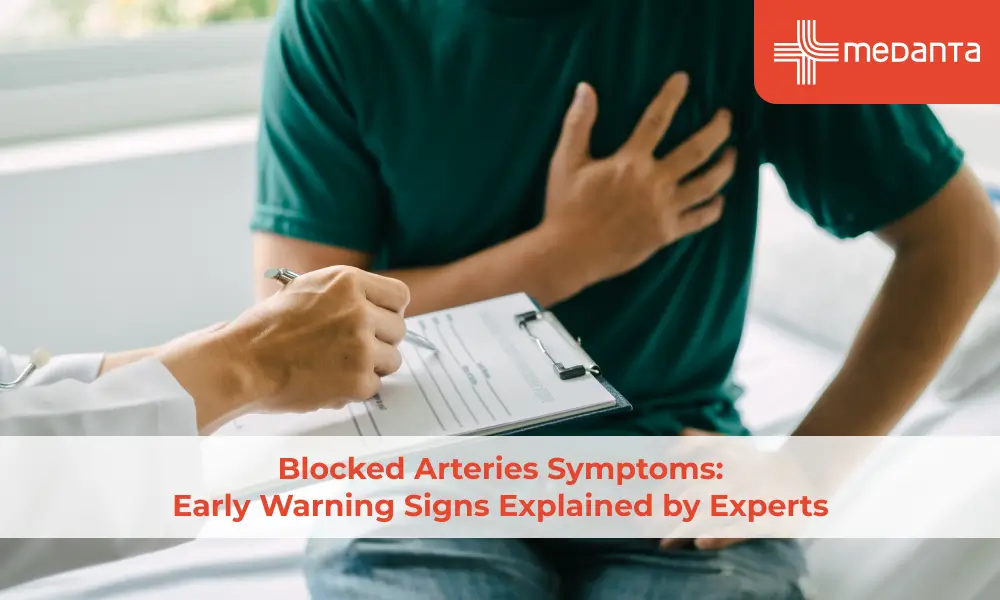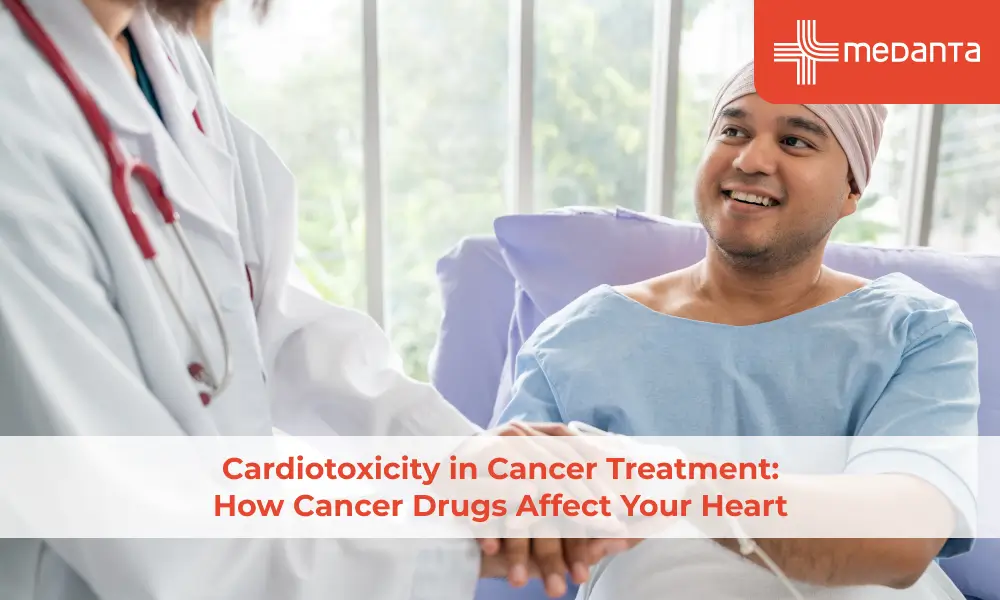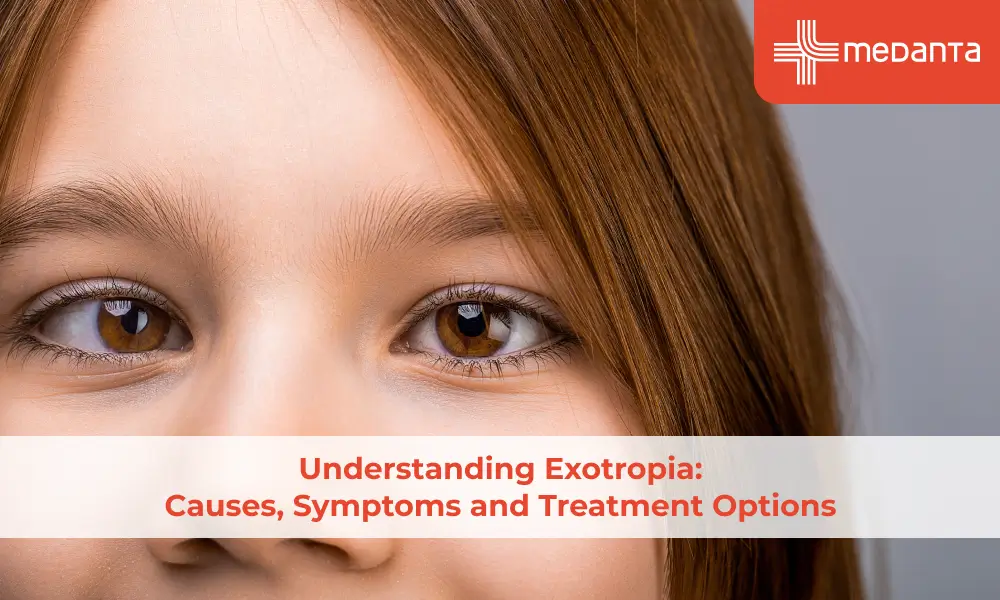Most Common Types & Treatment of Post Traumatic Stress Disorder

People who have gone through or observed a traumatic incident, such as a natural disaster, a catastrophic accident, a terrorist attack, battle, or rape, or who have been threatened with death, sexual assault, or significant injury, may develop posttraumatic stress disorder (PTSD), a psychiatric disease.
In the past, PTSD has gone by a variety of labels, including "shell shock" during World War I and "battle exhaustion" following World War II, but it does not only affect combat veterans. Any person, of any race, nation, or culture, and at any age, may experience PTSD. About 3.5 per cent of American adults experience PTSD each year, and one in every 11 people will receive a diagnosis of the condition at some point in their lives. PTSD is twice as common in women as it is in men.
Long after the horrific incident has passed, people with PTSD continue to endure intense, unsettling thoughts and sensations related to their experience. Flashbacks or dreams may cause them to relive the incident, they may experience sadness, fear, or rage, and they may feel distant or estranged from other people. A loud noise or an unintentional touch can trigger significant negative reactions in those with PTSD, who may avoid circumstances or people who remind them of the traumatic occurrence.
It takes exposure to a distressing traumatic experience for PTSD to be diagnosed. The exposure, meanwhile, could not be direct but rather indirect. For instance, a person might get PTSD after learning of the violent passing of a close relative or friend. It may also happen as a result of frequent exposure to gruesome traumatising information, such as when police officers are exposed to child abuse case specifics.
Types of PTSD
Normal Stress Response
Normal stress reactions can trigger PTSD, although not all stress reactions progress to PTSD.
The neurological, endocrine, and immunological systems are all impacted by typical stress reactions. The fight-or-freeze reaction is triggered in the body as a result of the stress response.
Adrenaline is triggered by this reaction, which gives the body the option of fighting or fleeing the danger. The following situations could set off a typical stress response:
- Illness
- Injuries
- Accident
- Too much stress and tension
After the threat has passed, pre-arousal levels are reached by the body. Normal stress reactions rarely interrupt daily living or have long-term effects.
Psychotherapy (talk therapy) and the encouragement of loved ones are the most effective treatments for a normal stress reaction. Stress and anxiety can be reduced by talking to or venting to a friend or loved one.
Acute stress disorder
Acute stress disorder, which is comparable to PTSD, can also appear following a severe experience. However, symptoms may appear anywhere from three days to a month after the incident.
Approximately 6-33% of people can acquire acute stress disorder within a month of a stressful experience, according to the Department of Veterans Affairs. Each sort of trauma has a unique rate.
For instance, compared to 20–50% of people following a rape, assault, or mass massacre, 13-21% of people after a car accident are at risk of developing acute stress disorder.
Acute stress disorder symptoms can appear after you have experienced PTSD symptoms.
- Directly went through a trauma
- Watched an occurrence that happened to a close friend or family member
- Discovered that a close friend or family member experienced a painful occurrence
- Repeatedly exposed to traumatic details;
Psychotherapy, such as cognitive behavioural therapy, is frequently used as part of acute stress disorder treatment (CBT). Older research demonstrates that CBT aids in symptom reduction and lowers the risk that symptoms will progress to PTSD.
Dissociative PTSD
In 2013, the Diagnostic and Statistical Manual of Mental Disorders (DSM-5) was updated to include dissociative PTSD. Dissociative symptoms (depersonalization or derealization) and emotional detachment are important characteristics of this type of PTSD.
The following are additional signs of dissociative PTSD:
- Greater proportions of co-occurring mental health issues
- Dissociative amnesia and dissociative flashbacks
- Major early life trauma history
- Worse PTSD symptoms
According to studies, people who experience re-experiencing symptoms like flashbacks following trauma are more likely to suffer from disassociation.
The best way to treat this particular form of PTSD is currently being investigated. Exposure-based treatment, according to experts, may be useful for treating these symptoms.
Uncomplicated PTSD
This type of PTSD manifests in sufferers as reliving the experience and avoiding triggers like people or places, along with other types of PTSD.
However, what sets this one apart from others is that it does not coexist with other mental health issues like depression.
Another of the most frequently diagnosed forms of PTSD is simple PTSD, which response quite well to therapy.
Complex PTSD
Instead of a single traumatic event, such as a violent attack or automobile accident, complex PTSD develops when several traumas occur over months or even years.
Children or adults may have chronic trauma with complicated PTSD symptoms, which can affect their relationships and behaviours.
Complex PTSD can also manifest as physical health issues including exhaustion and persistent pain.
Recovery from this kind of PTSD frequently takes significantly longer, and treatment often progresses much more slowly. Your highly organised management plan will frequently be created especially for you and presented by a group of trauma experts.
Co-morbid PTSD
People who have co-morbid PTSD also have at least one other co-occurring mental illness. The following list of often occurring conditions:
- Panic disorder
- Anxiety disorder
- Substance use disorder
- Major depression disorder
Since many persons additionally have one or more other mental health issues, co-morbid PTSD is also a prevalent form.
Treatment for PTSD
Treatment for post-traumatic stress disorder might assist you in regaining control over your life. Although medicines may also be used, psychotherapy is the main form of treatment. Combining these therapies can help your symptoms get better.
Psychotherapy
Various forms of psychotherapy, commonly known as talk therapy, can be used to treat PTSD in both adults and children. One example of a psychotherapy modality used to treat PTSD is:
- Cognitive therapy - This kind of talk therapy assists you in identifying the cognitive patterns (ways of thinking) that are holding you immobilised, such as unfavourable self-perceptions and the possibility of traumatic events reoccurring. Cognitive therapy is frequently used with exposure therapy for PTSD.
- Exposure therapy - This behavioural therapy supports you in securely confronting memories and events that make you feel uncomfortable so you can develop appropriate coping mechanisms. Flashbacks and nightmares may respond particularly well to exposure therapy. One method involves using virtual reality applications that let you return to the scene of your trauma.
- Desensitization and reprocessing of eye movement (EMDR) - You can process painful memories and alter how you respond to them with the use of EMDR, which combines exposure therapy and a series of guided eye movements.
Your therapist can assist you in learning stress management techniques so that you can deal with stress in your life more effectively.
All of these methods can assist you in taking charge of lingering fear following a traumatic occurrence. Your mental health professional and you can talk about what kind of counselling or treatment options would best suit your requirements.
Try group treatment, individual counselling, or both. A way to interact with people going through comparable circumstances is through group therapy.
Medications
Several different kinds of drugs can aid in reducing PTSD symptoms:
- Antidepressants - These drugs can help with anxiety and depression symptoms. They can also aid in enhancing attention and sleep issues. The Food and Drug Administration (FDA) has authorised the use of the SSRI drugs paroxetine and sertraline to treat post-traumatic stress disorder (PTSD).
- Anti-anxiety medications - These medications can treat severe anxiety and its related issues. Since some anti-anxiety drugs have the potential for abuse, they are often only taken temporarily.
- Prazosin - A more recent study found no advantage over placebo, despite multiple studies suggesting that prazosin (Minipress) may lessen or suppress nightmares in some PTSD sufferers. But the new study's participants were unique in ways that might have affected the outcomes. If someone is thinking about using prazosin, they should consult a medical professional to see if their specific circumstances would justify trying the medication.
Together, you and your doctor may choose the drug that will treat your symptoms and situation the best and have the fewest adverse effects. Within a few weeks, your mood and other symptoms may start to improve.
Inform your doctor of any prescription side effects or issues. Before finding the correct prescription for you, you might need to try more than one, a combination of medications, or your doctor might need to change your dosage or schedule.






